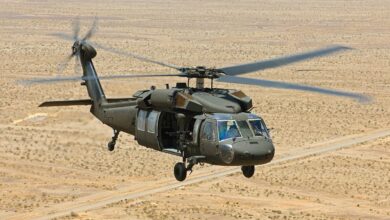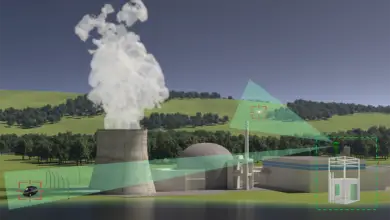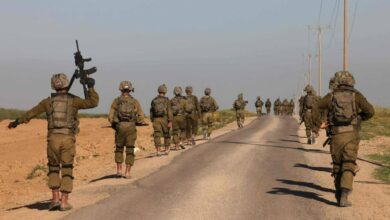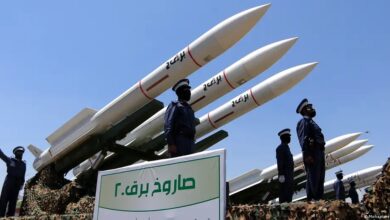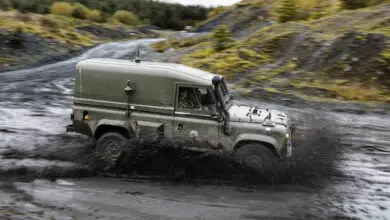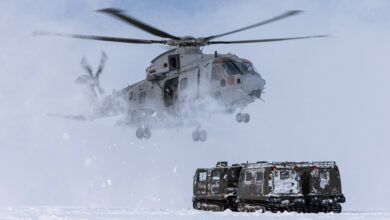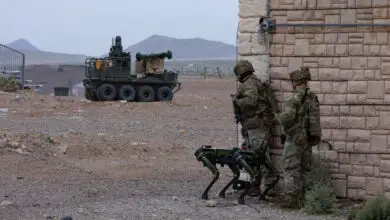A Royal Marines patrol vessel recently tested the efficacy of AeroVironment’s Puma unmanned aerial vehicle (UAV) in tracking drug runners and smugglers on the English Channel.
The trials took place from HMS Tamar as the offshore vessel is readying itself to be deployed for “constabulary duties” for the first time this summer.
However, despite having a flight deck, HMS Tamar’s helicopter-carrying capacity is limited as it doesn’t have a hangar. “Merlin and Wildcat helicopters only use the ship for refueling, collecting supplies or making a shortstop,” said the Royal Navy in a statement.
The UK Navy is therefore counting on the small Puma drone to fulfill the intelligence-gathering tasks a traditional chopper would do with the UAV’s “50-times zoom camera” that relays live footage back to the mother ship at ranges up to a dozen miles(19.3 kilometers).
Easier to Handle, Difficult to Spot

Not only does the UAV give the navy a cheaper option to survey the waters in comparison to the chopper, but the former is also easier to launch and recover. It “is difficult for foes to spot and keeps the ship out of harm’s way,” the statement read.
“It was of great use for investigating nearby vessels of interest,” said Lieutenant Commander Michael Hutchinson.
“We could easily see just how useful such a system could be for any future anti-piracy or counter-smuggling operations. It’s a significant enhancement of the ship’s capabilities and bodes well for the future.”
Can Survey Area Larger Than Greater Manchester
Just over four and a half feet (1.37 meters) long and with a wingspan of nine feet (2.74 meters), Puma can survey an area of up to 270 square miles (699 square kilometers) of the sea during sorties lasting up to two and a half hours.
“We were under pressure to perform,” said Lieutenant Ash Loftus, Puma flight commander.
“There are many additional challenges in preparing and launching safely from a ship. While it’s a relatively small aircraft, it has a large wing and requires some skill from the operator launching it from the ship.”
The lieutenant further said the drone completed all the tasks the ship required it to. The system used its cameras for identification purposes and often flew out of the line of sight to approach vessels.
“We’d be in close communications with the officer of the watch and we were able to report back successfully on the identification of vessels,” he said.


